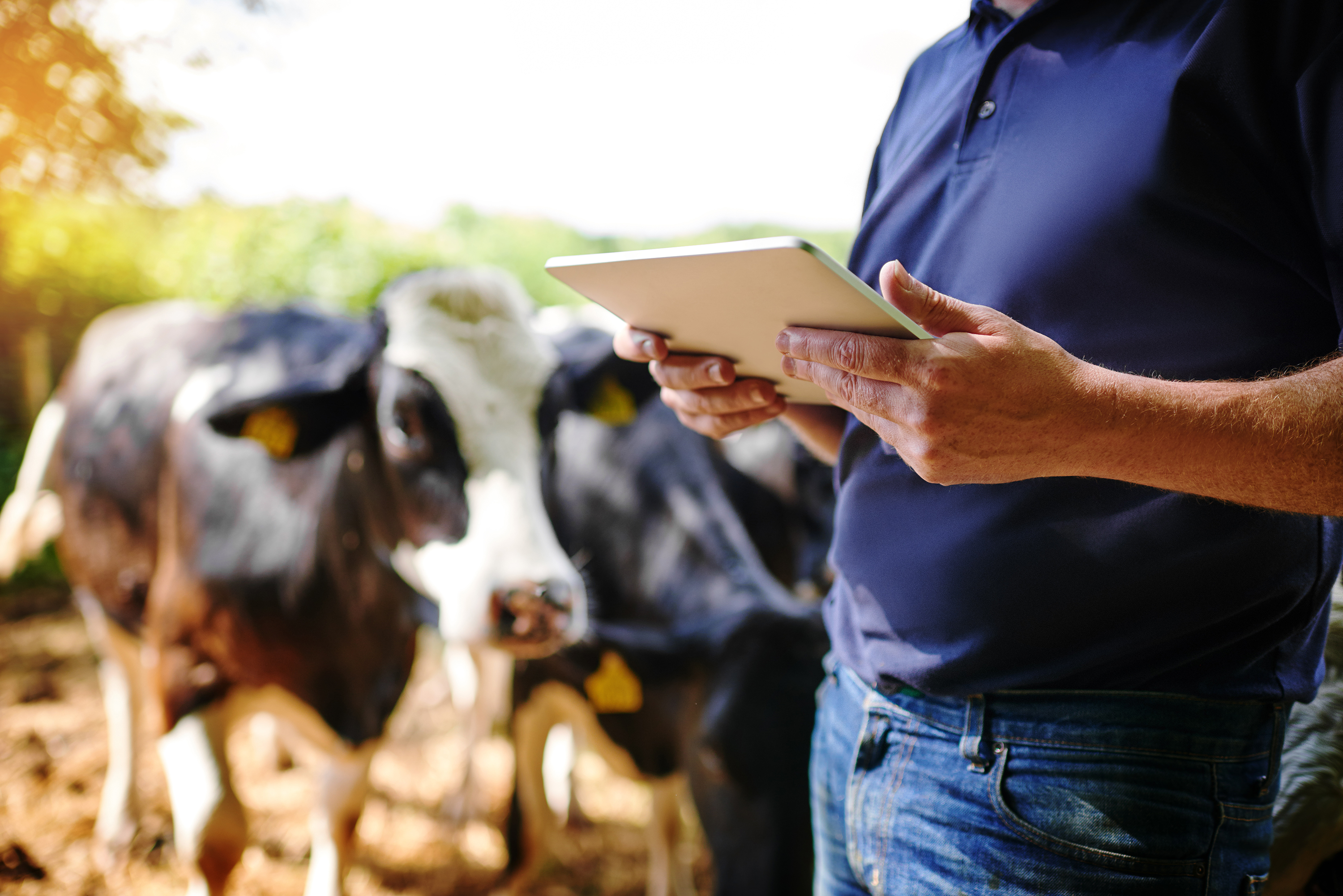Longevity and more productive cows are on the forefront of many dairy producers' minds today. Over the past several years, there has been a general decline in the number of replacements being raised for a variety of reasons: financial restraints of raising too many heifers, limited land or space as well as genetic and management improvements that allow for longer-living cows to thrive, therefore reducing the need for as many replacements.
However, after analyzing data on farms and studying patterns of those trouble-free, long-living cows (using, as an example, cows in the herd currently over 200,000 pounds of lifetime milk to date), I’ve tried to study what these cows have in common. Obviously, they have had relatively few health events, breed back at regular levels, and consistently perform year after year. We often don’t think about these high achievers but tend to focus on the failures, as it only takes three years from conception to identify those. And although there is value in learning what types of cows don’t work in your operation, isn’t it also important to learn from the cows that reach legend status?
So begin to think of when versus how these high-lifetime production cows were created. Most sixth-lactation cows on dairies today were born in 2014-15. They were conceived nine months before that, adding nearly another year. Therefore, to create those long-living cows, a strategic breeding strategy needs to be on a much longer horizon than most of us think. Do you remember your breeding philosophy in 2013? Is it the same today as it was then? Is your facility and herd size the same as it was a decade ago?
From a breeding perspective, we now have selection traits that didn’t exist in 2013. CDCB fitness traits for mastitis and other metabolic diseases did not have genetic evaluations yet. Zoetis had not introduced wellness traits. Feed efficiency research wasn’t finished.
Looking forward strategically, where do you want to be in 10 years? We need to be breeding for that cow today. What will your facilities look like in 2033? On what type of bedding will your cows be living? Will robotics be part of your milking system? Will you be milking more cows? Will you not be milking cows? Even then, someone else likely will be and what will the potential buyer of your cows want? That makes thinking strategically about your breeding program extremely important.
But what does strategic mean? Google defines it as “a carefully designed plan to serve a particular purpose or advantage.” Is that what your breeding plan looks like? Are you and your team looking at a long enough horizon to create cows that will still be producing in 2033?
Mastitis resistance can help your long-term strategic plan. As cows live longer, they are logically more susceptible to mastitis. The industry also has much better measures than a decade ago to help genetically select for greater mastitis resistance. There are now three mastitis measures that include Somatic Cell Score (SCS), CDCB Mastitis (CMAST) and Zoetis Mastitis (ZMAST). By using all three of these, we can more reliably know that we are making genetic progress for this disease.
As our team performs genetic audit quartile analysis, it is clear the cows with better rankings for SCS, CMAST and ZMAST outperform the cows who need improvement in those traits. Additionally, as more producers are installing green energy projects, this will lead to more cows living on solids versus sand or mattresses, meaning cows will also be subjected to a more challenging environment.


Focusing emphasis on fertility traits also keeps cows in the herd over the long haul. We now have multiple measures of daughter fertility, which include Daughter Pregnancy Rate (DPR), Cow Conception Rate (CCR) and Heifer Conception Rate (HCR). Like mastitis, by looking at all three traits, faster progress can be achieved. Again, analyzing data at several high-output dairies, pounds of solids per cow per day (CFP) are directly linked to days in milk (DIM). Therefore, reproductive efficiency has a direct link to farm profitability and is why we advise producers to not ignore fertility traits even though there are adequate heifers and producers are breeding a high percentage of cows to beef. DIM drives dairy profitability and is the main reason why fertile cows will never go out of style.
Of course, all these traits as well as production and conformation are included in multi-trait indexes. These indexes have served our industry well based on personal preferences and breeding goals. They create a weighted balance of all traits to move your herd and the breed forward. However, sorting bulls from these indexes and adding the unique traits that add value to your herd can help strategically sort the right bulls for your herd to the top.
Breeding strategies today have never been better positioned to tailor to each dairy’s unique regional, climate, cultural milk market and personal preferences for success. Additionally, having longer-living cows is a win-win for everyone. Adding productive months and years for your cows helps both your bottom line and the sustainability goals the industry has set. Find the strategy that fits you, but thinking on a longer horizon versus the short term can set you up for long-term success.











